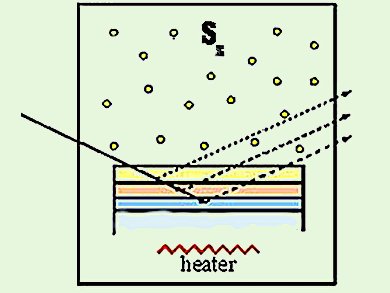The understanding of the interplay between structural, chemical and electronic properties of chalcopyrite-type [Cu(In,Ga)(S,Se)2 (CIGSSe)] and kesterite-type [Cu2ZnSn(S,Se)4] compound semiconductors – both promising photovoltaic material systems –, as well as a deeper insight into growth pathways and phase-formation kinetics of the absorber layer in a thin-film solar cell, will give crucial information for the continuous improvement of solar-cell efficiencies.
Susan Schorr, Helmholtz-Zentrum Berlin für Materialien und Energie, Germany, and colleagues give an overview of their recent progress in the characterization of compound semiconductor thin films using synchrotron-based characterization methods.
Many different synchrotron-based characterization techniques are available that use soft and hard X-rays to illuminate the electronic, chemical and structural properties of materials and their surfaces and interfaces.
The reseachers propose to apply a combination of these techniques, as this would make it possible to address a variety of different research questions (quasi) simultaneously. By, for example, varying the depth-sensitivity, combining methods that probe occupied and unoccupied electronic states and/or chemical and structural information, a comprehensive picture of the properties of empirically optimized real-world compound semiconductors and their heterojunctions can be achieved.
- The complex material properties of chalcopyrite and kesterite thin-film solar cell absorbers tackled by synchrotron-based analytics,
Susan Schorr, Roland Mainz, Harry Mönig, Iver Lauermann, Marcus Bär,
Prog. Photovolt: Res. Appl. 2012.
DOI: 10.1002/pip.1256


